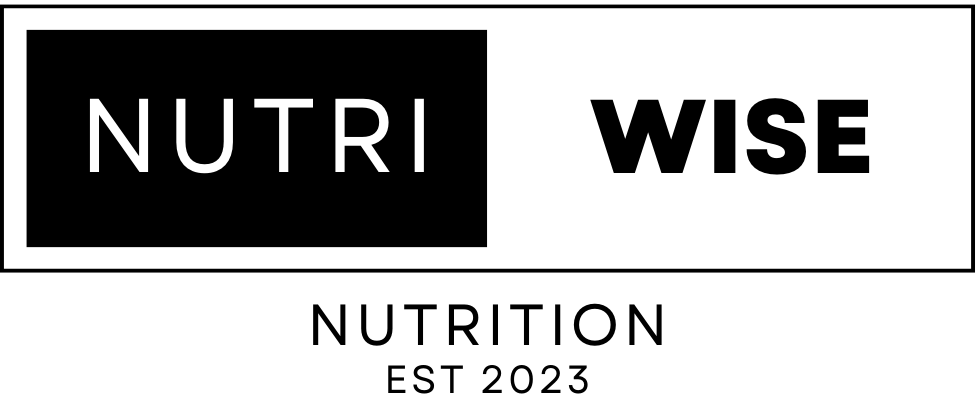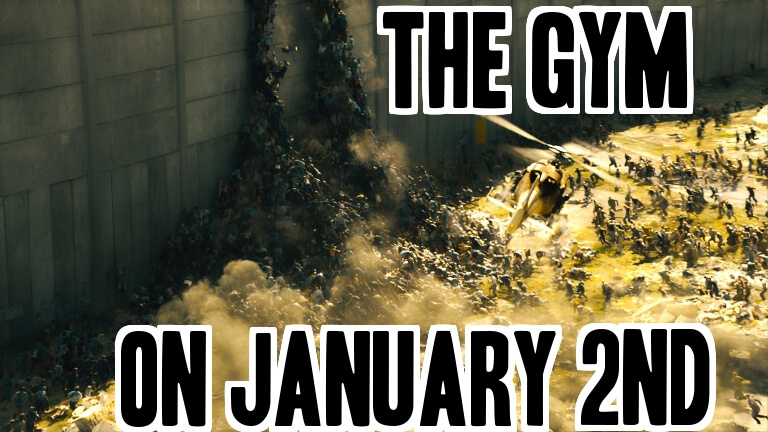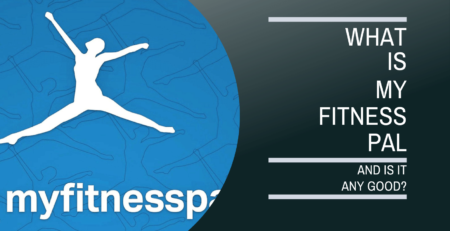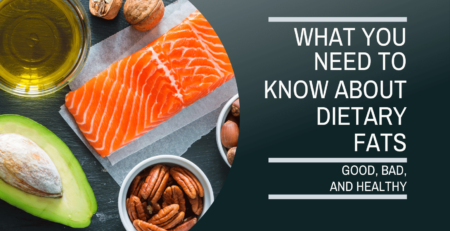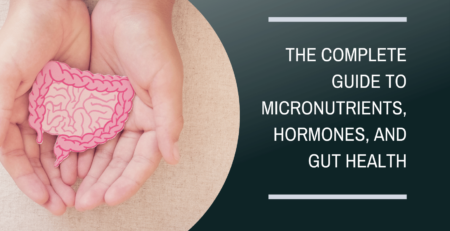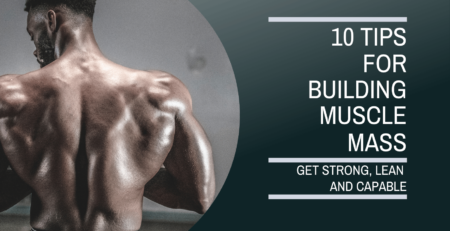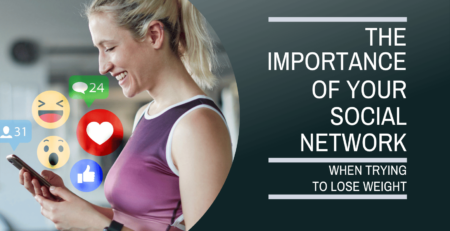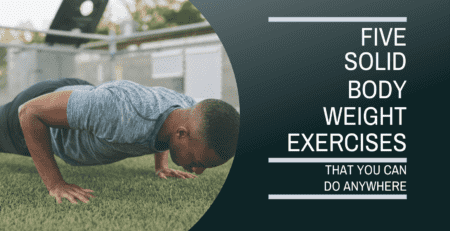Get Fit This New Years Resolution
Get Fit This New Years Resolution
The new year is upon us and like so many other years, this is the year. This is the year you turn it all around and get your shit together with your health and fitness. This is the year you drop the kilos and pick up the hand weights. You’re finally going to do it… or are you?
The Previous Years Problems
Think back to the years past when you made the same resolution. Were your expectations too high? Did you pick something that you didn’t realise would take a few years to achieve? Did you go too hard too fast? Did you make too many changes too quickly?
Probably
This year will be different though. Why? ‘Cause you have me to help this time.
Here’s how we do it!
Make an Ultimate Goal

Think about where you ultimately want to get to with your health and fitness. Pick a desired body you want or fitness level you want to get to. This should be something you think you can achieve. Whatever you pick it must be something you actually want, not something you dream up quickly looking at other people’s goals as they post them this new years. This is important because if its just something you think up on a whim, or something you think other people want you won’t stick to it. Give yourself a realistic time frame to achieve this goal.
Understand Your Current Situation
Figuring out what level you’re at with your health and fitness is the first step to achieving the ultimate goal you set earlier. This is a pretty simple process and doesn’t cost much, if anything at all. To find out where you’re really at with your health and fitness you should:
1. Get a general health check from your doctor
Your doctor will hopefully do some blood work, check you out for any respiratory, heart and general wellbeing issues and give you some guidance in where to start. Depending on your fitness level and body fat the usual thing to come back from any blood work or general check up will be “lose weight”. More accurately, you’ll need to lose body fat.
The main goal of this is check up is to see if there are any indications of major issues that will affect your ability to exercise and lose that body fat. Many people are overweight and when have blood work done they show symptoms of lifestyle diseases like fatty liver or hypertension, which are treated best through eating less and moving more.
Now, baring the above in mind a “good” doctor will tell you to lose weight and give you some basic info on getting started like “your cholesterol is rather high, you should eat more of X, less of Y and do some exercise. See me again in 6 months”. Beware of nutritional advice from doctors though, there’s growing evidence that unless this is what they specialise in then they’re as much of a Bro Scientist with nutrition as that person in the gym who eats boiled chicken and broccoli because “fat is the enemy”. It’s easy to understand why though, they’re supposed to be learning about how to diagnose problems people have in their day to day lives and many work loooong hours, so how are they going to keep up with what’s going on in the world of nutrition? Conferences? Well they might get time to go to a couple of those per year and they need to prioritise those few opportunities they get.
2. Have a Personal Trainer give you a fitness assessment/test
PT’s are trained to measure your level of fitness and prescribe a routine to improve it towards wherever you’d like to go. Usually the test involve stressing your body using cardio methods like running for a set period of time and measuring your heart rate or seeing how long or fast you can run before needing to stop and checking how long it takes you to recover. Use this as part of your base line in measuring yourself. Most gym’s will have a PT do this for free as part of a sign up, so if you’re new to the gym take advantage of this and have them show you around.
3. Start with the obvious
You know you better than the doctor, the PT or I do. You know your habits. What are the obvious things you need to stop doing?
Smoking and drinking won’t help you achieve your goal. They’re also expensive habits. These may be areas you need to address before you even look at joining a gym. Try and pay attention to when you smoke and drink as well, if it’s just because you’re at the pub…sorry, but you might need to change your social hang out.
While we’re on the topic of being out, eating out frequently isn’t going to do you any favours and neither will sugary soft drinks or energy drinks. Switch them out for leaner home cooked meals that are mainly protein and vegetables and prioritise drinking water instead. If you’ve been in the habit of eating certain things for a long period of time don’t stress, if you can remain disciplined enough to do this for a few weeks you’ll beat the cravings.
This isn’t about depriving yourself of eating food you enjoy, but you need to be eating right to achieve a goal and if you’re filling yourself with high calorie, low nutrition style food than you’re fighting an uphill battle.
4. Find a reference point
On Day 1 of this endeavour you’re going to do something that you’ll be able to use to track your progress with and refer back to. That can be as simple as taking a picture and writing your weight and pants/shirt size on it.
If you want to take a more scientific approach you can have a trainer at the gym do skin fold measurements for you – this gives you a pretty accurate idea of how much body fat you’re carrying on you.
If you want to take an even more scientific approach you can look at having a body scan done. This is going to show you how much muscle, body fat and visceral fat you have. Remember that health check we had done by the doctor earlier? Well the amount of visceral fat you have (fat around the organs) is a great indicator of a lot of the lifestyle diseases you might have heard mentioned during your visit. So chipping away at that over time is an excellent way to improve factors contributing to a lot of lifestyle diseases like fatty liver and diabetes.
In my experience the scientific approach works better than just taking a picture because it helps to figure out how much food your body needs on a daily basis. Nailing down these numbers with a skin fold assessment or a body scan really helps when we get to the food side of things.
Get A Plan
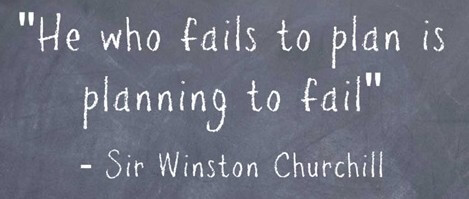
Now you have your goal figured out and you understand your situation its time to make a plan on how to achieve it. How do you do this?
You don’t just join a gym, get a PT and flog yourself for 3 hours a day until you’re happy with your body.
Why?
Its probably what you did every other year. Jumping in head first without actually understanding what you need to do is going to cause you to burn out quickly and give up.
Practice good time management
Plan out your schedule for a typical week and break down each day in to the things you do in the order you do them for each day.
Once you have this done you can see pretty well how much time you have to do everything after the major things are done (like sleep and work). These are things like cooking, leisure and training. Pick days to train and days to have off. If you want to schedule that around leisure activities that’s up to you. Just organise yourself.
In doing this you’re going to be able to figure out a lot of things. Not only will you be able to figure out what time you need to go to bed and wake up, but you’ll also be able to see where you’re doing yourself a disservice like not sleeping enough. Rest is actually one of the most important parts of your training but more on that another time. Breaking your daily schedule down like this allows you to actually plan out your day properly so you can make changes easily when things come up because whether we like it or not life happens.
Remember though, consistency is the key. If you can’t stick to your plan you’re not going to achieve your goals. Time management is a big part of the process both in and out of the gym.
Plan your food intake
You’ll also need to fuel your body with good quality food. Eating basic meals like chicken/steak and veges is a good starting point for most people but can be really hard to stick to longer term because it’s boring day after day, week after week. This is where all those healthy eating cook books and recipe sites come in handy. They can give you some tricks to keep you interested and on track to smash your goals this year! Woolworths and Coles both have them monthly and you can go into literally any book store and get a copy of Jamie Oliver’s 15 minute meals if you need some inspiration.
If you can’t be bothered, find a meal delivery service – there’s plenty of them now too and the bonus is you don’t have to shop for food each week.
If you’re time poor like most people who travel to and from work you might need to set aside a few hours on a weekend to cook up a bunch of food. I like nothing better then firing up the smoker on a Sunday and cooking a big chunk of meat to eat for my dinner for the week.
Thats the cooking portion sorted, now how much do you cook?
This is where the measurements like skin folds and those you get from a body scan really help. You can have a trainer figure this out for you or if you’re cluey you can Google it or find an app that helps you figure it out. Most online macro/calorie calculators are flawed in the way they use outdated methods but if you use a couple you’ll get a pretty good idea of where to start. Of course if you need some help just hit us up on the Contact page.
The best place to start is with knowing overall how many calories you need to eat in a day. Then make sure you’re eating enough protein and dietary fiber in the food you’re eating. The most common app for measuring this is MyFitness Pal. Apps like this are super handy because you can set up how many calories you need to eat in a day, build your recipe’s from the ingredients you buy and mark out how many portions you’ll be eating from the cook and have the balance of calories from your meals deducted from your daily calories.
Check out this video on using it for more info:
Continually Make Small Changes
As time goes on your body will adapt to your new regime and progress will slow down. Using regular updates on skin folds or body scans you’ll be able to see this accurately. Without using these you’ll need to be on your toes and perceptive enough to notice it when it happens.
When the exercises start getting noticeably easier its time to play with the variables. This can be increasing the intensity or weight. It might also be adding another exercise in to your routine. It could also be time for a new program so make sure you let your trainer know as well and they can tweak your plan when the time comes.
If you happen to notice certain make a difference as well. One of the first things I found was that my long time favourite breakfast of cereal and milk wasn’t actually keeping me full or giving me the energy I needed. For me I had to switch it up for a calorie dense smoothie because time was a factor. In your case it might be different and time may not be a factor and you can enjoy eggs on toast with avocado sand that gives you enough. Not all of the path is clear cut for you unfortunately – there will always be a need to experiment on yourself in some regard.
At the point where you start making small changes you may start considering making changes to your calories/macros. If you’re still losing fat at a healthy rate you probably don’t need to worry about it still, but it will stall eventually and will become more important the closer you get to your goal to go down this road and make sure you’re at a certain amount of calories/macros per day.
Please though, don’t get caught up in the gluten free, lactose free, fun free bandwagon – if you genuinely think you may have a problem with gluten or lactose talk to your doctor and they’ll let you know what to do. Apart from that they usually have more crap in those snacks than you realise.
Celebrate Your Progress
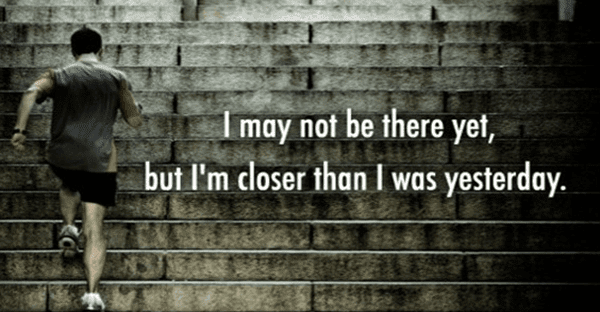
It’s important to better yourself every day but part of that is celebrating your progress. Some people do this with selfies and lengthy motivational captions, others do this with cheat meals. Find something that works for you and enjoy it. See the prime example below:
Every 30-60 days you can also repeat the things you did in “Understand Your Current Situation” because now your situation has changed. If you took a photo you can take another. Get your skin folds done or another body scan and see how it’s all going. You probably don’t need to see the doctor again though, unless they asked you to.
Doing these things is going to give you a visual reference on how you’ve progressed and the good news is the longer you do it the more reference material you have which helps to figure out how your body reacts to certain training methods, food levels etc…
This is a bit cheesy but it can also be used as motivational material on days you’re not feeling so good and want to give up. On the upside it can also be used to brag on Facebook and Instagram, so that’s a plus.
At the end of the day if you have a clear goal, a solid plan, can manage your time and can make little changes when needed you’re all set for success. Some goals take longer than others and you may not get it right 100% of the time but building a good supporting network of people including us and experienced trainers, you’re sure to achieve your goals this new years resolution.
